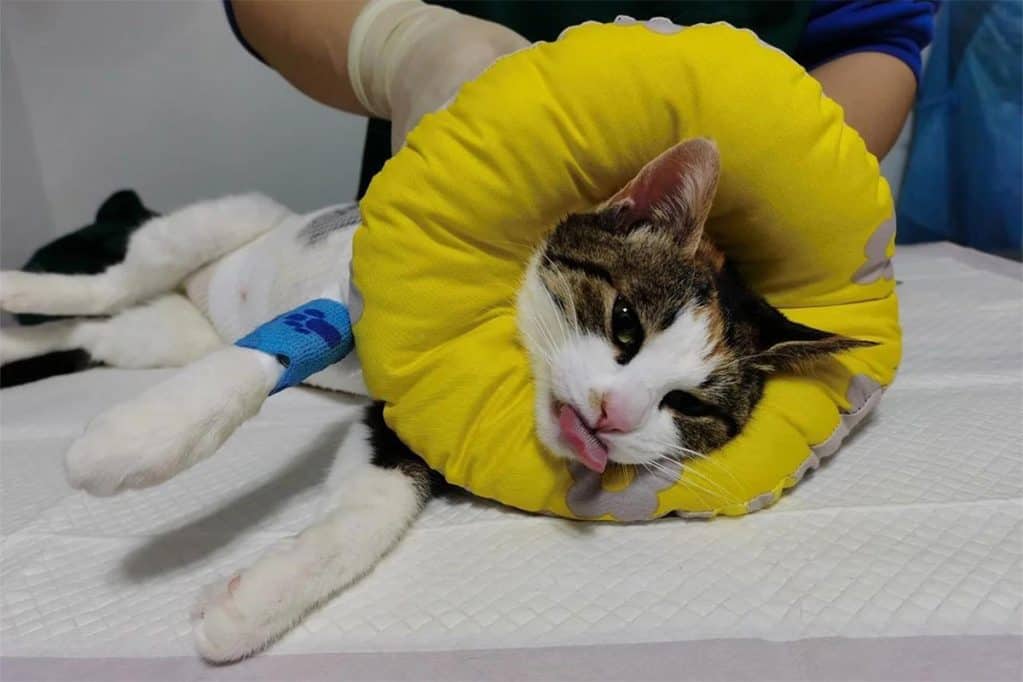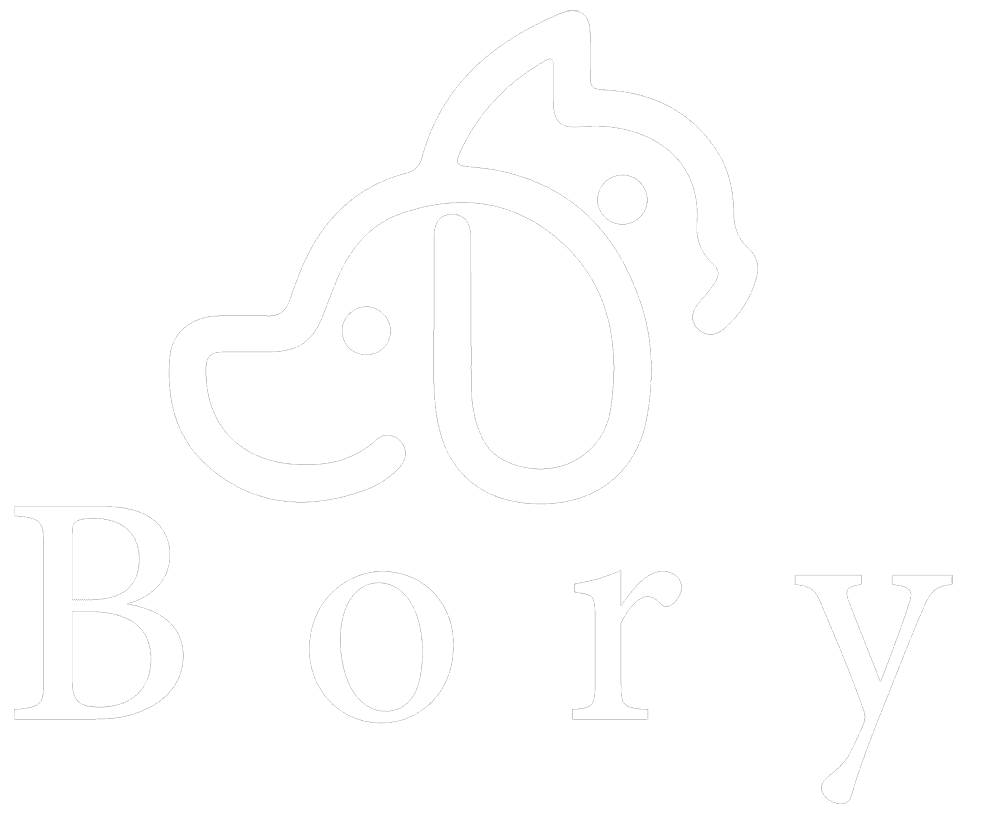1. Preferred Litter Types After Surgery
Dust-Free/Low-Dust Clay Litter
• Benefits: Extremely low dust reduces airborne particles that can irritate the incision; familiar texture helps your cat accept it easily.
• Caution: Avoid cheap, poor-quality low-dust clays with weak clumping or excessive fines—they can cling to wounds and increase infection risk.
Paper Litter / Paper Pellet Litter
• Benefits: Made from recycled paper or pulp, the soft, nonabrasive pellets absorb urine without scratching; virtually dust-free, ideal for sensitive post-op skin.
Plant-Based Litter
• Benefits: Options like cassava or corn litters clump well and are dust-free, preventing urine splashback.
• Tip: Choose non-clumping or low-adhesion formulas to avoid pellets sticking near the incision.
2. Litter Types to Strictly Avoid
• Mineral (Clumping Clay) & Crystal Litters
Hard or sharp granules can rub or scratch the surgical site, and high dust levels can adhere to sutures, raising infection risk.
• Pine & Wood-Based Litters
Low-end pine litters may contain formaldehyde or wood dust that irritates wounds and respiratory tracts; only high-end, “formaldehyde-free, low-dust” variants are acceptable.
3. Litter Box Cleaning & Setup
• Clean 1–2 Times Daily
To curb bacterial growth, scoop at least once, ideally twice, per day—more frequently during recovery.
• Shallow Litter Depth
About 5 cm of litter reduces digging force, lessening stress on sutures.
• Box Placement
Use a low-sided, open box in a quiet, easily accessible spot to prevent jumping or climbing.
4. Additional Post-Op Care & Behavior Tips
• Limit Strenuous Activity
No running, jumping, or climbing for the first 3–5 days; restrict vigorous play for 7–10 days by confining your cat to a small, comfortable space.
• E-Collar (Elizabethan Collar)
Prevents licking or biting at the incision. If resisted, ask your vet about soft cones or recovery suits.
• Keep Incision Dry
No bathing for at least two weeks; gently wipe away any litter debris with a gauze pad dampened with warm water if needed.
By choosing dust-free/low-dust clay, paper, or plant-based litters and combining them with frequent cleaning, shallow litter depth, activity restriction, and E-collar use, you’ll minimize irritation and infection risk—helping your cat smoothly complete the 7–10 day recovery period.


